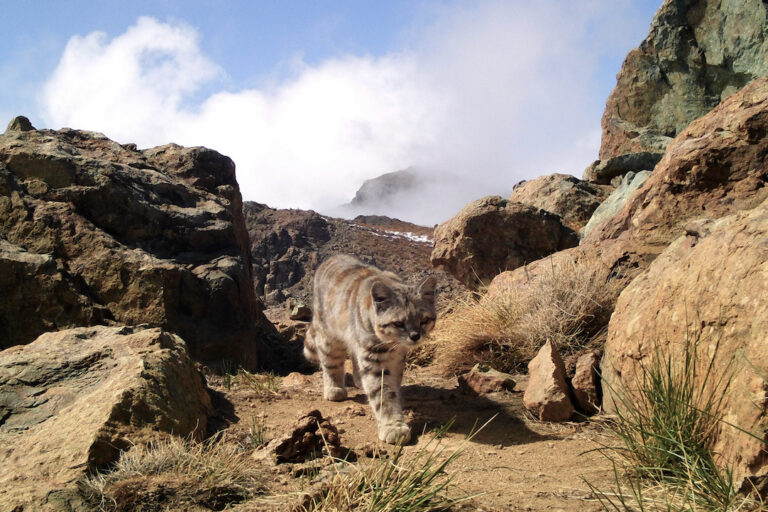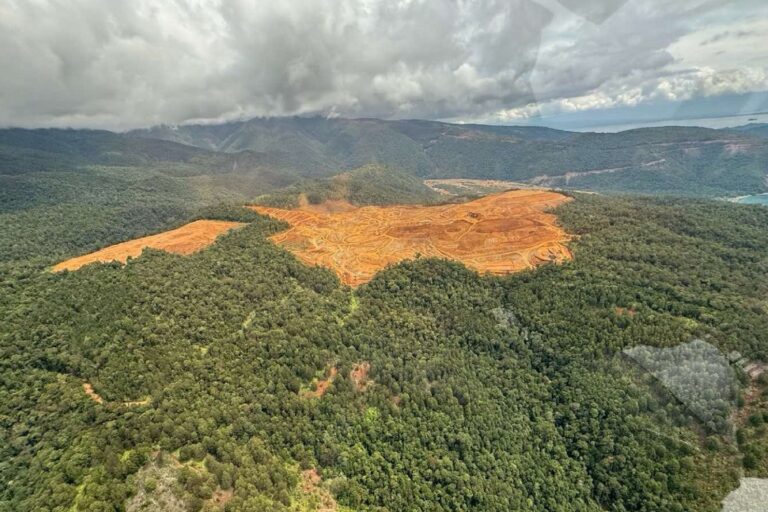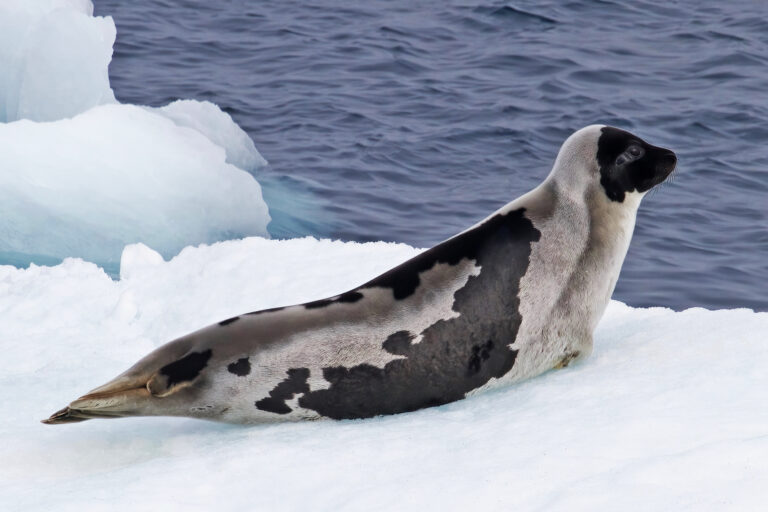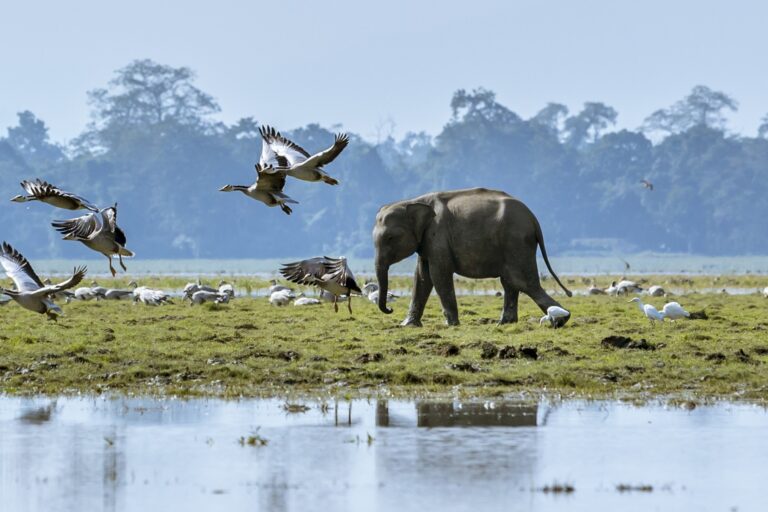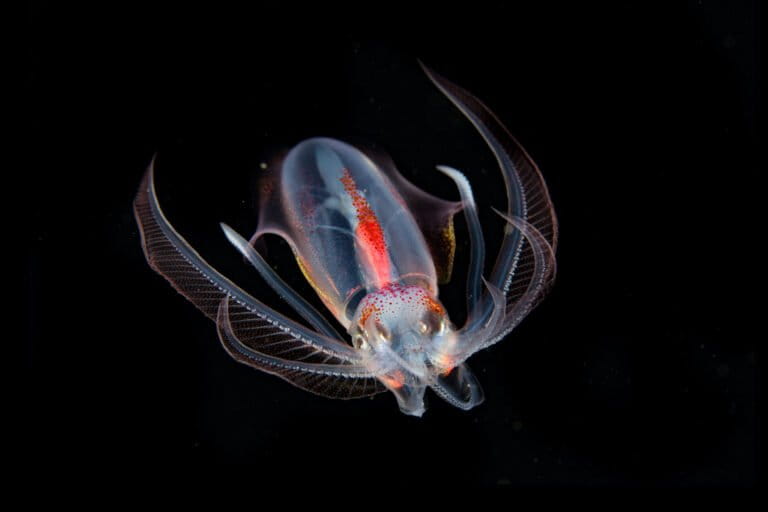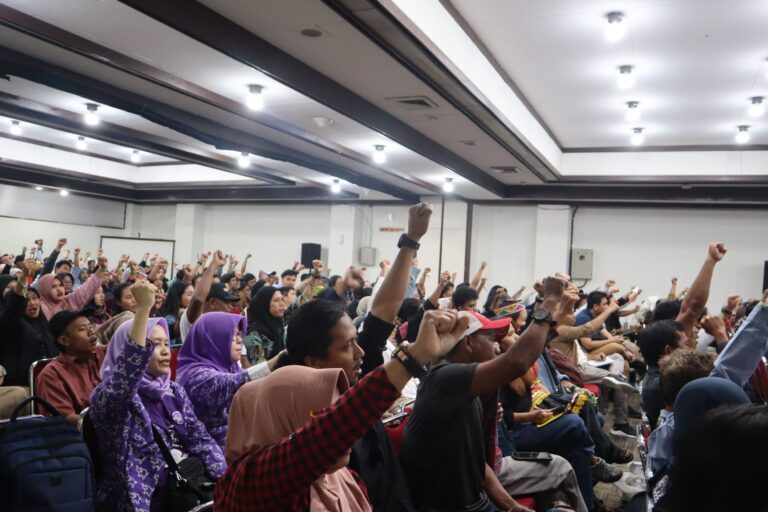- As the global international trade treaty approaches its half century anniversary, some scientists say it needs an overhaul to make its structures fit for 21st century.
- Allowing for legal, regulated trade could be better than banning it for many species, they argue, referring to successful case studies where local communities were involved in sustainable trade.
- But some conservationists are worried that changing the way CITES operates will be bad news for endangered wildlife and point out it has been a significant factor in the survival of species such as elephants and tigers.
Local people and communities should be given greater control over the international trade in wildlife in order to make the multi-billion-dollar industry more sustainable, according to a group of scientists who are re-examining the treaty that controls wildlife trade. The treaty is set to approach its 50th year.
The Convention on International Trade in Fauna and Flora (CITES) was signed in March 1973, though not implemented until 1975. In the intervening years, says the CITES at 50 initiative (a project examining the effectiveness of the treaty), the frameworks and structures in which trade takes place have barely changed and need to be modernized.
One of the key problems, according to Dr Dan Challender, from the Oxford Martin Programme on Wildlife Trade, is that CITES adopts proposals to limit or ban trade in species without considering how this will impact those communities where wildlife is harvested.
“More often than not, local people are not consulted on proposals to amend the appendices,” he told Mongabay in an interview.
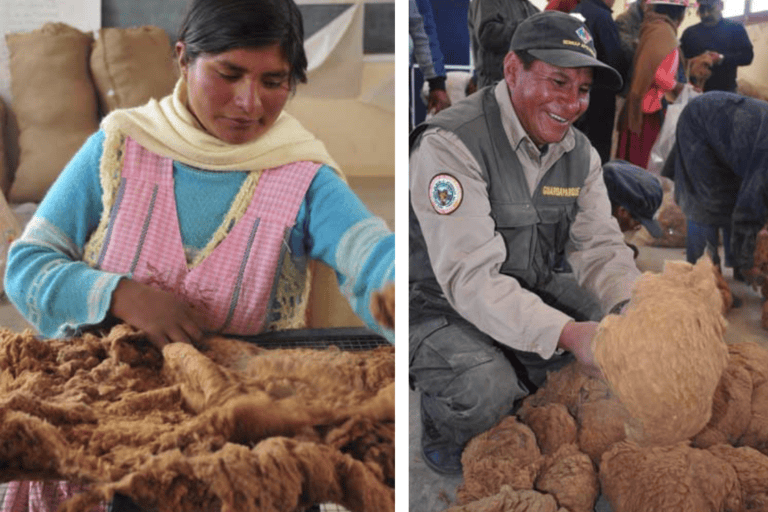
Challender and his colleagues believe there needs to be a more thorough and nuanced understanding of how trade systems operate, with analysis of the size of the market for a particular product and what the likely impacts of a ban would be on the multiple groups involved before a listing is proposed or accepted.
The international community, suggested Challender, usually assumes that restricting trade is the precautionary option.
“It could be that a well-regulated, legal trade that is certified and has the buy-in of all the relevant stakeholders is actually the safest option,” he said. Just because something is listed doesn’t make it safe – in the Global South, law enforcement is often not as strong as it needs to be and there is little to deter would-be poachers.
Read more: Can we plan for a future without trophy hunting? (commentary)
Studies in support
The importance of local people in protecting wildlife is increasingly recognized. The 2019 report on global ecosystems drawn up by the Intergovernmental Science-Policy Platform on Biodiversity and Ecosystem Services (IPBES) found that while biodiversity is declining rapidly across the world, decreases are less severe in areas where wildlife is owned and managed by local communities.
A number of proposals on how to more effectively engage Indigenous and local people will be put to member states at the 19th meeting of the Conference of the Parties (COP) in Panama starting on 14 November.
“You have to involve local people in conservation, they are very effective at it,” Dilys Roe, of the International Institute for Environment and Development (IIED), told Mongabay.

Roe said there were many examples where handing control of the trade in wildlife to local people has had positive biodiversity outcomes. Trade in the wool of the vicuña – the wild Andean camelid (Vicugna vicugna) – is well-known as an example of a species that has been saved by handing greater control to community groups. Numbers have risen from less than 10,000 in the 1970s to an adult population of 350,000 today.
“The pirarucu – a giant freshwater fish endemic to the Amazon – was close to extinction in the late 1990s, and then a change in approach to community-managed fisheries allowed local people to benefit from the trade,” she added. “Now they benefit from selling the fish to make luxury leather – cowboy boots, wallets and all kinds of things.”
The CITES secretariat has compiled numerous case studies of where international trade in a species or product has been successfully devolved to local communities, ranging from trophy hunting of ibex and markhor in Tajikistan to the harvesting of anaconda in Argentina, and taking in species that also include Nile and saltwater crocodiles, reticulated pythons and queen conch shells.
Pro-trade or pro-evidence?
But some wildlife conservationists say CITES at 50 is just a “pro-trade” initiative in disguise. Sue Lieberman, vice president for international policy of the Wildlife Conservation Society (WCS) said the role of local people in wildlife harvesting and trade was not, and shouldn’t be, an issue for CITES internationally, but must be dealt with at the national level.
Asking developing countries, in particular, to carry out socio-economic, as well as biological, analysis of the impacts of listing a particular species would set too high a bar.
“You have to be consistent with the treaty,” she said. “Whether a species qualifies for listing on Appendix I or II is a biological not a socio-economic one. I’m not saying these aren’t important factors, but the criteria are the biological criteria.”
Listing species such as African elephants and tigers, she pointed out, had saved them from perhaps terminal declines.

Challender said CITES at 50 is a “pro-evidence” not a “pro-trade” initiative. “We want to use evidence to inform the creation of trade systems that benefit biodiversity,” he added.
Chris Shepherd, of the wildlife trade group Monitor, said it wasn’t the fault of the convention that international trade in wildlife was leading to declines in some species.
“Countries have obligations under CITES, and many of them are not fulfilling those obligations, but that doesn’t mean that it’s failing, it means they are not being held accountable,” he said. “CITES has teeth, but if it never bites no one’s going to do anything.”
Shepherd pointed out that CITES National Legislation Project shows that about 40% of all signatories to the convention have yet to properly enact laws that implement CITES, with 19 countries – more than 10% of all member states – designated as requiring attention as a priority.
Countries are rated as either a 1, 2 or 3, with 1 representing those countries that have effectively legislated to implement CITES and 3 for those that have failed to do so.
“You’d think after 50 years, we’d have everyone at a 1 or a high 2,” Shepherd said.
Read more: Cheetahs, CITES, and illegal trade: Are consumer countries doing enough? (commentary), 2019
Still a speculative field
CITES at 50 is not alone in pushing for more weight to be given to the value of the legal wildlife trade to both communities and improving outcomes for biodiversity.
A proposal submitted by the Government of South Africa to this year’s COP calls for a “World Wildlife Trade Report” to be published between COPs (which take place every three years), with the aim of enhancing knowledge and understanding of the legal trade and to better demonstrate how “sustainable, legal and traceable wildlife trade can be a tool for conserving species and healthy ecosystems [and] enhancing rural livelihoods”.
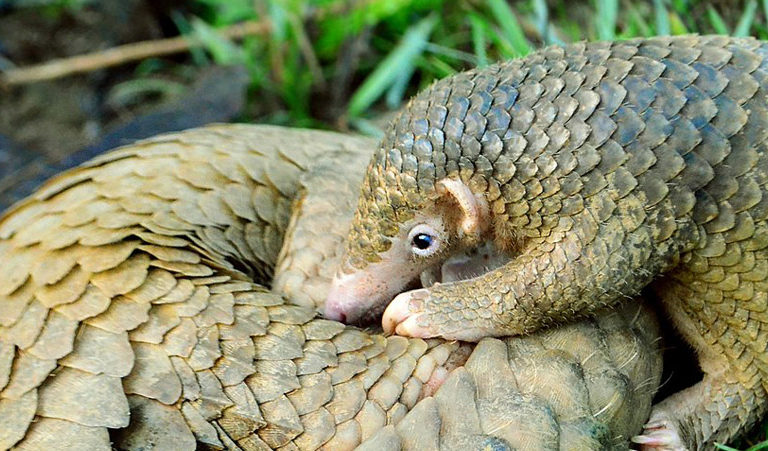
The scale of legal trade, as compared with the illegal one, is not well understood, the document notes, with information on its value being described as “sporadic and largely speculative”.
A paper published in 2021 analyzed records held by the World Customs Union – UN Comtrade data – to estimate the legal trade in wildlife as worth between $2.9 trillion and $4.4 trillion over a 20-year period between 1997 and 2016.
Of this, 82% was seafood, 7% furniture and 6% fashion items such as furs and hides, but many records referred to either “fish” or “tropical wood” with no reference to the species traded.
“This lack of granularity imperils biodiversity as trade cannot be comprehensively monitored,” the paper warned.
UPDATE: This text has been updated with an additional clarification by the Wildlife Conservation Society (WCS) on November 14, 2022. Sue Lieberman, vice president for international policy at WCS, added that the role of local people should not be an issue for CITES internationally, but must be dealt with at the national level.
Banner image:Silver eared mesias for sale in Ha Noi. Photo by James Eaton / TRAFFIC.
Related listening from Mongabay’s podcast: We speak with Ivonne Higuero, secretary general of CITES about challenges enforcing the treaty’s statutes, online wildlife trade and last year’s 18th conference of parties. Listen here:
Read more: Trafficked: Kidnapped chimps, jailed rhino horn traffickers, and seized donkey parts
FEEDBACK: Use this form to send a message to the author of this post. If you want to post a public comment, you can do that at the bottom of the page.







